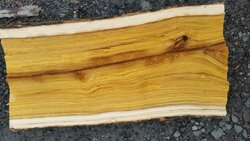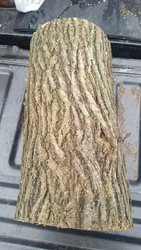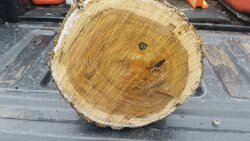I Have easy access to at least a cord of this but want to find out if it is worth the time. I don't have a guess as to the type. Any help would be appreciated with identification.
Wood ID Help
- Thread starter num1hitter
- Start date
-
Active since 1995, Hearth.com is THE place on the internet for free information and advice about wood stoves, pellet stoves and other energy saving equipment.
We strive to provide opinions, articles, discussions and history related to Hearth Products and in a more general sense, energy issues.
We promote the EFFICIENT, RESPONSIBLE, CLEAN and SAFE use of all fuels, whether renewable or fossil.





 !
!